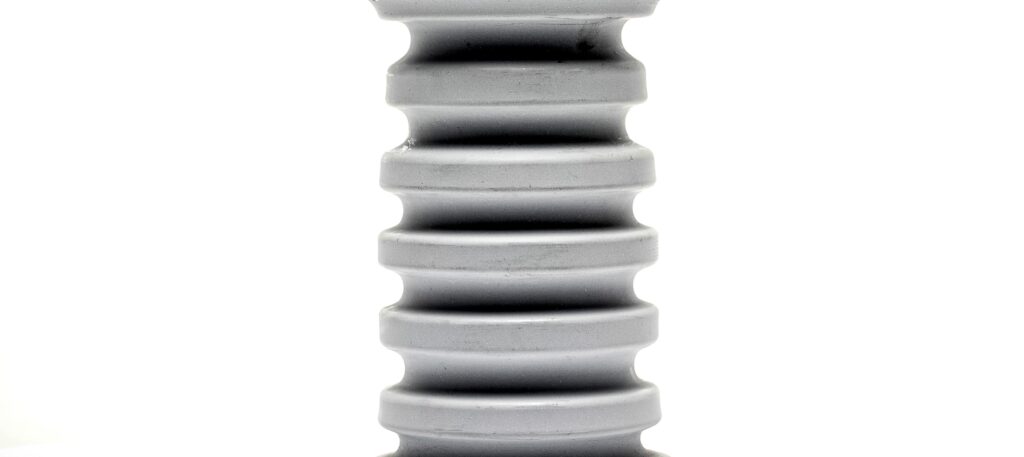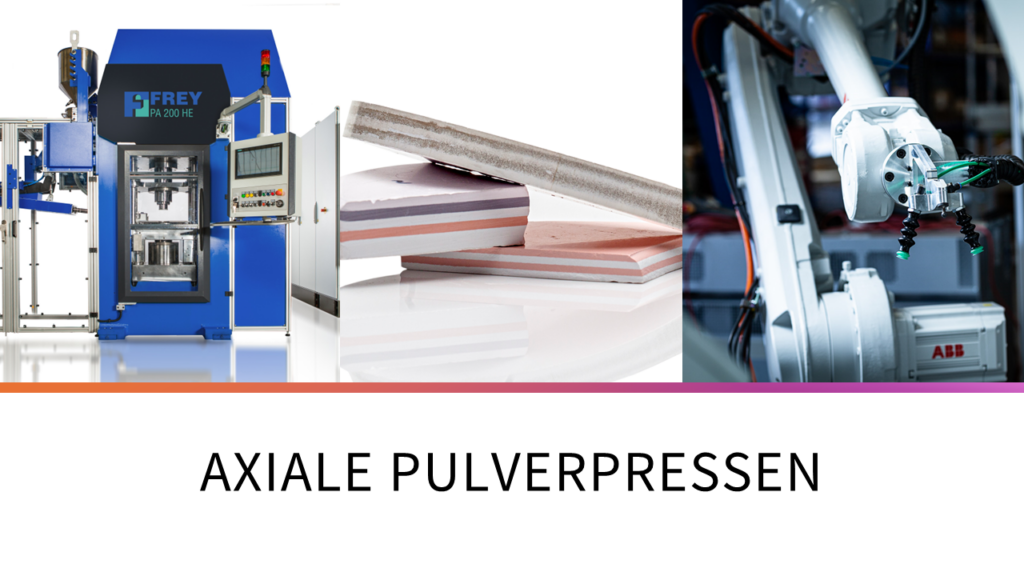Sintering is a key process closely associated with powder pressing and widely used in the metal and ceramic industries. It involves heating pressed powder compacts at elevated temperatures and in a controlled atmosphere to bond them together and form a dense solid.
Once the powder is shaped into the desired form using a powder press, the compacts undergo sintering to achieve the final mechanical properties of the workpiece. The sintering process takes place in specialized furnaces where temperature and atmosphere are carefully controlled. Different sintering techniques can be employed depending on the material and desired characteristics of the end product.
Sintering offers several advantages as a complement to powder pressing.
Firstly, it allows for higher density and strength of the workpiece. The diffusion of powder particles during sintering creates tighter bonding between the particles, resulting in increased material density and improved mechanical strength. Secondly, sintering enables the production of complex shapes and intricate structures that may not be achievable through powder pressing alone. Thirdly, sintering can be used to selectively enhance certain material properties such as hardness, wear resistance, and electrical conductivity.
Sintering finds applications in various industries including automotive, aerospace, electronics, medical technology, and more. It is used to manufacture a wide range of products such as machine parts, bearings, tools, cutting implements, electronic components, and ceramic parts.
The combination of powder pressing and sintering allows manufacturers to economically produce highly precise, complex, and high-quality workpieces in large quantities. By precisely controlling the shaping process and optimizing material properties, powder pressing in conjunction with sintering is an invaluable technique in modern manufacturing technology.




